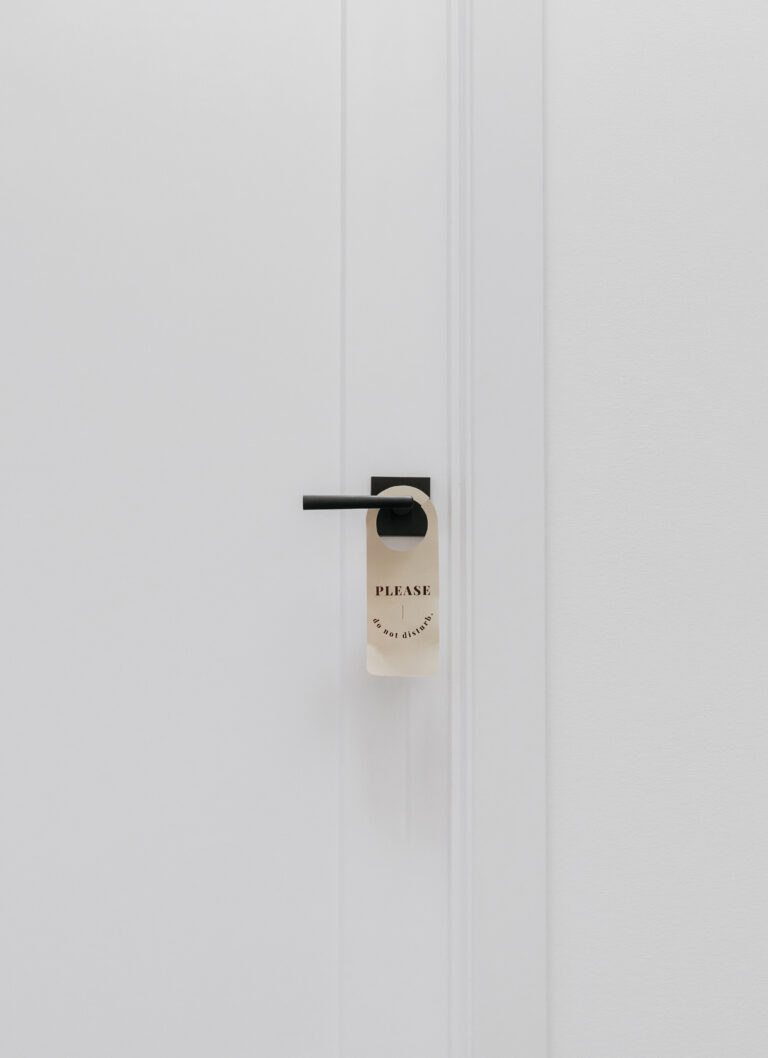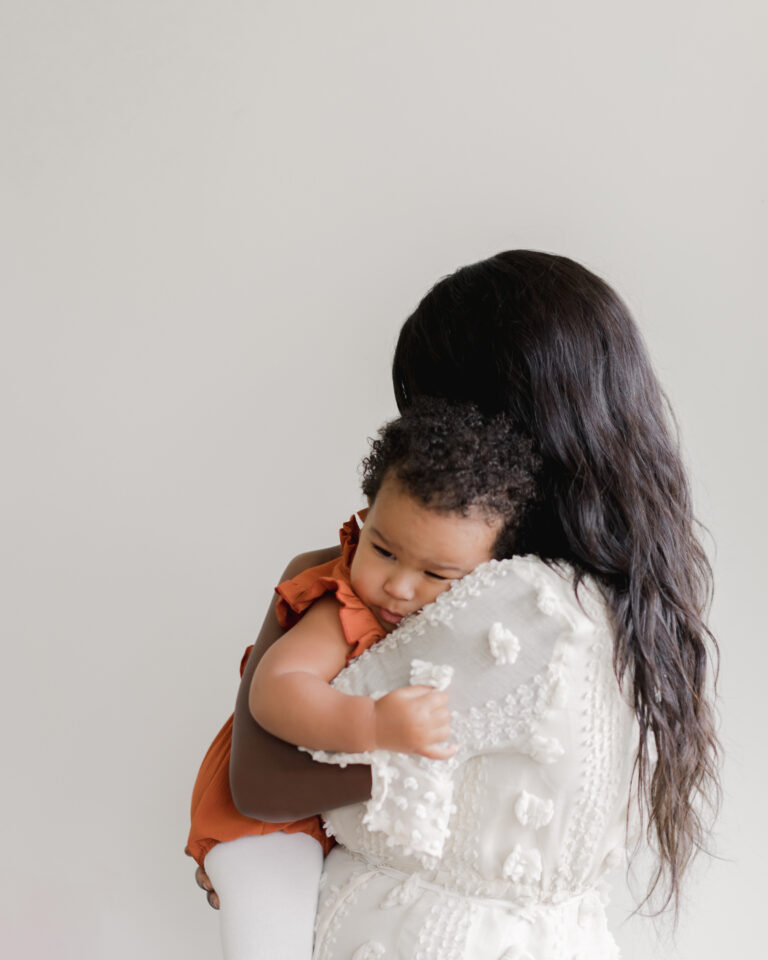When you’re sleep training, you want to do your best to be as consistent as possible during the learning process. You do this for the benefit of your child who may be confused by inconsistencies. Additionally, the more practice opportunities your child gets, the quicker they can master their new skill of independent sleep.
But once you’ve sleep trained and your child is on a predictable nap schedule and sleeping consistently through the night, you may find that you have a new issue to face: you’re scared to deviate in any way from the new routine.
This is totally understandable. After all, you’ve probably just gone from a pretty difficult situation where neither you nor your child was getting any sleep to a completely opposite one where everyone is well-rested and happy. That’s a big improvement in your whole family’s quality of life, and one that I’m sure you’re really, really hesitant to risk upsetting.
But especially if you’re the parent of a very young baby, that might mean 3-4 naps a day + early bedtimes each night, so when are you supposed to, you know, live? And I don’t mean, when are you supposed to get out for a fun night with your girlfriends? I mean, when are you supposed to do things like buy food?
So, for those times when life insists on impinging on your child’s sleep schedule, here is some advice for minimizing the impact that shaking things up can have.
The 80/20 rule
Once your child has learned to sleep independently and is sleeping predictably, you can feel a lot more confident being out & about during nap times or even over bedtime once in a while.
How often is once in awhile? I recommend following the 80/20 rule. If you’re prioritizing sleep 80% of the time, you can be more flexible with the other 20%. This balance should be consistent enough so as not to throw anything out of whack but pliable enough to keep you from feeling imprisoned by your child’s sleep schedule.
Prioritize one nap at home
If your child is on multiple naps a day, try to have at least one nap at home in their sleep space. There are many arguments to be made that the later nap(s) of the day are the better ones to do on the go, but ultimately, if you can prioritize one solid crib-nap – regardless of whether it’s early or later in the day – it’s going to do a lot to offset any built-up overtiredness and make for a more pleasant baby.
Be strategic about naps on the go
If you do end up needing to let your child nap in the car, do what you can to make sure they get a full nap. If your departure for an appointment or errand is around your child’s nap time, you can plan to leave a little earlier so that they can sleep for at least 30-60 minutes on the go.
Go with the flow
Maybe you spent too long browsing the Target aisles (hey, we’ve all been there) or your doctor appointment ran late. Now the nap you thought was going to happen at home may very well happen before you get there. If your child falls asleep on the drive home, you might consider just driving around for a bit until they’ve had a decent nap. Hit the Starbucks drive-through, park in your driveway and catch up with the newest Oh Baby content on Instagram, but just keep your child sleeping as long as you can and call that their nap!
Make up for lost sleep
If your child has had a day of on-the-go naps or maybe they weren’t great quality, don’t hesitate to shift up bedtime a bit to help them make up some of that daytime sleep. A bedtime anywhere from 15-60 minutes earlier depending on circumstances is totally appropriate.
Don’t panic about one “off” day
The best thing about having a great sleeper is that you actually have more freedom to go off track and live your life. I know it may not seem like it, but being structured most of the time actually yields a lot more flexibility in the long-run.
If the ease of going “off track” doesn’t seem so easy or your child is a completely unpredictable sleeper, please reach out – I’d love to help!













